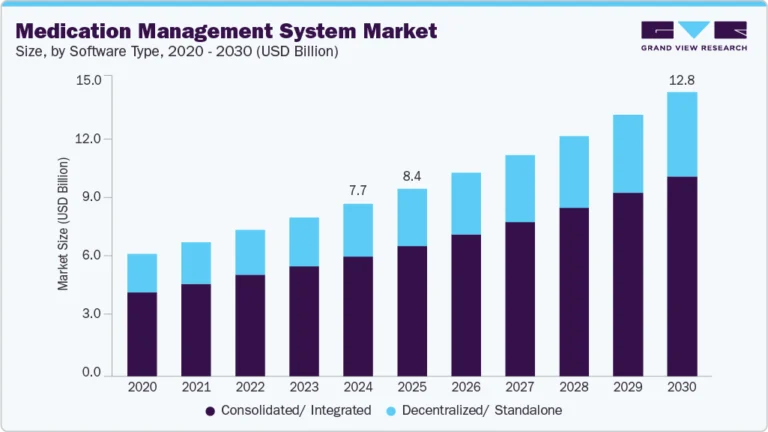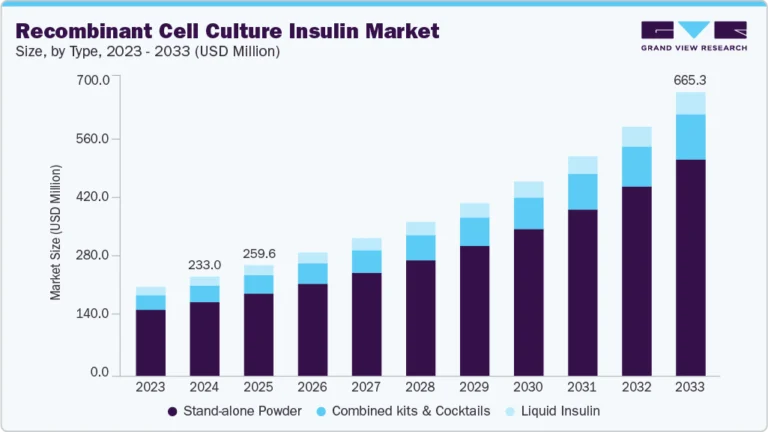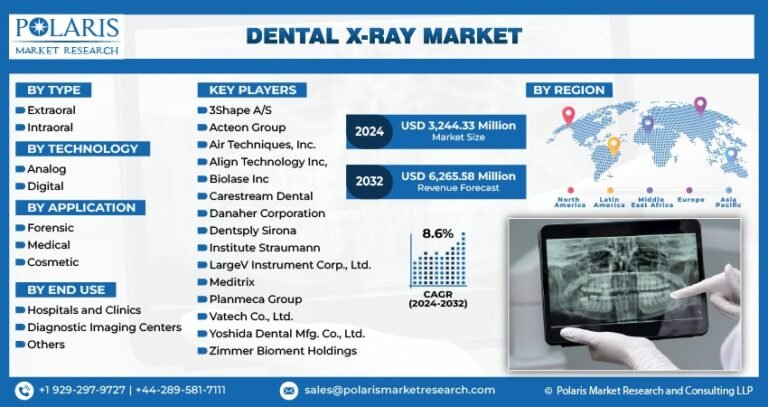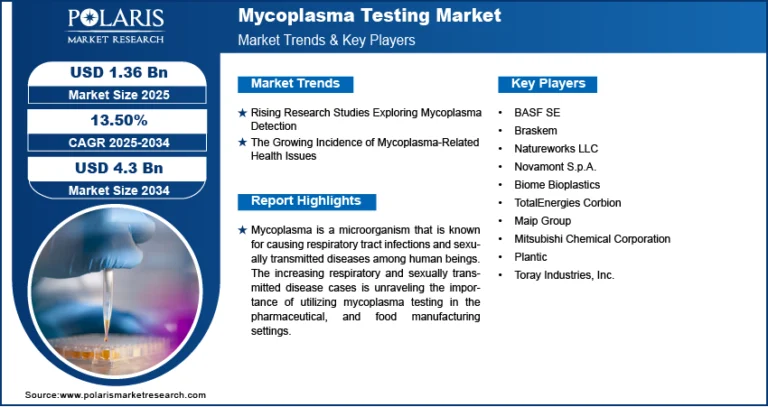Biobanks Market Size, Share & Trends Analysis grow at a CAGR of 7.85% from 2025 to 2030

The global biobanks market size was estimated at USD 81.29 billion in 2024 and is expected to grow at a CAGR of 7.85% from 2025 to 2030. High investments in the R&D of advanced therapies, such as regenerative medicine, personalized medicine, and cancer genomic studies, are some of the driving factors.
Key Highlights:
- Europe biobanks industry accounted for the largest revenue share of 39.37% in 2024
- The UK biobanks market growth is significantly driven by national-scale programs such as the UK Biobank project
- In terms of segment, the services segment dominated the market and accounted for the largest revenue share in 2024
- Based on biospecimen type, the global biobanks market has been categorized into human tissues, organs, stem cells, and other biospecimen
- Based on biobanks type, the global market is bifurcated into physical/real biobanks and virtual biobanks
- Based on application, the biobanks industry is categorized into therapeutics, drug discovery & clinical research, clinical diagnostics, and other applications
Request a free sample copy or view report summary: https://www.grandviewresearch.com/industry-analysis/biobanks-industry/request/rs1
Moreover, the onset of COVID-19 has put biobanks at the forefront of the pandemic control measures, resulting in the organic revenue growth of the market. The COVID-19 outbreak had a major influence on the biobanks industry. Biobanking is important for the diagnosis & production of medicines for a variety of disorders. International initiatives to produce vaccines and other medicines to prevent the spread of the virus have been urgently needed.
The collection, processing, and analysis of patient samples are at the frontline of the COVID-19 crisis. For example, the Health Minister announced EUR 2 million in financing for the National Irish COVID-19 Biobank (NICB) in a July 2021 update from the Government of Ireland. The NICB has become a critical part of Ireland’s COVID-19 pandemic response. According to a February 2021 release, the Sample Collection Database was designed by the SciLifeLab Data Centre in partnership with Biobank Sweden and the research area ‘Biobanks for COVID-19’ of the SciLifeLab & KAW National COVID-19 research program. Furthermore, Tulane University announced a new COVID-19 biobank containing blood & cell samples from survivors in July 2021 to aid researchers in determining why some people heal rapidly while others have long-term effects. As a result, such activities show that the outbreak of the pandemic boosted the demand for biobank services, benefiting the global economy.






